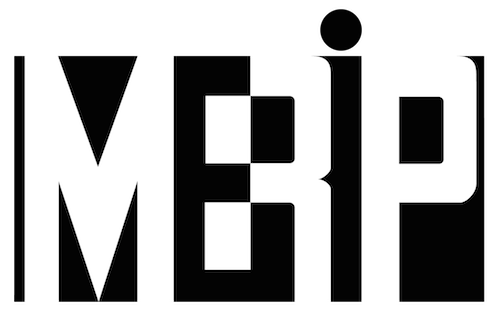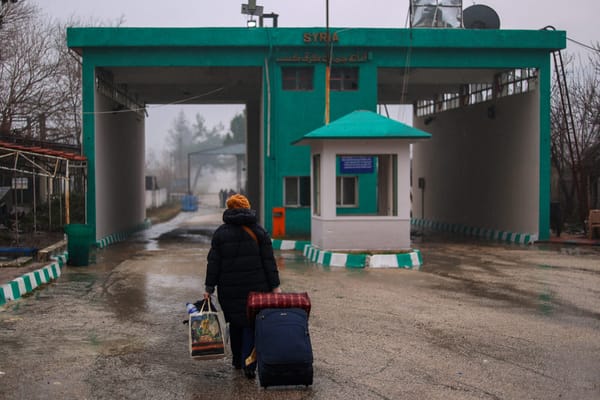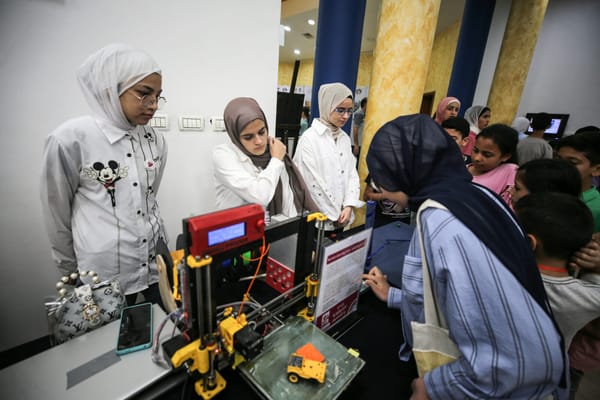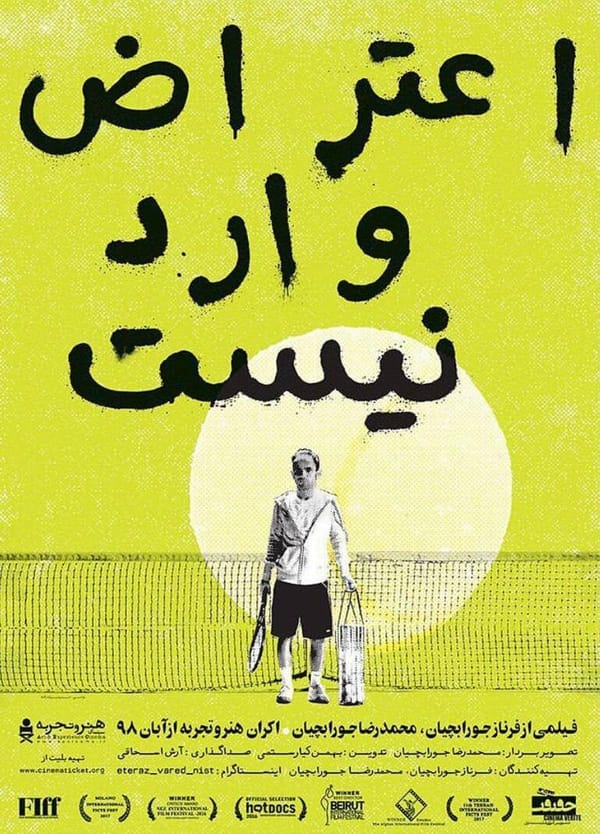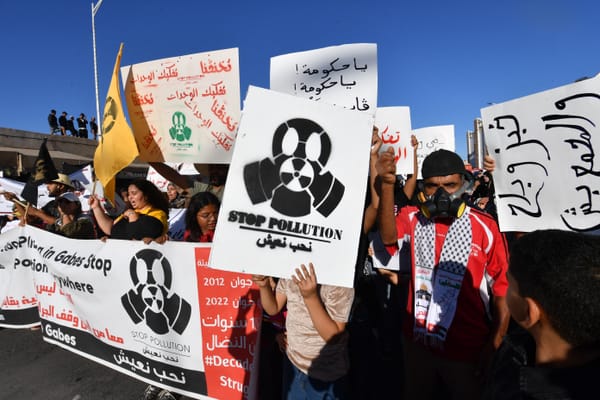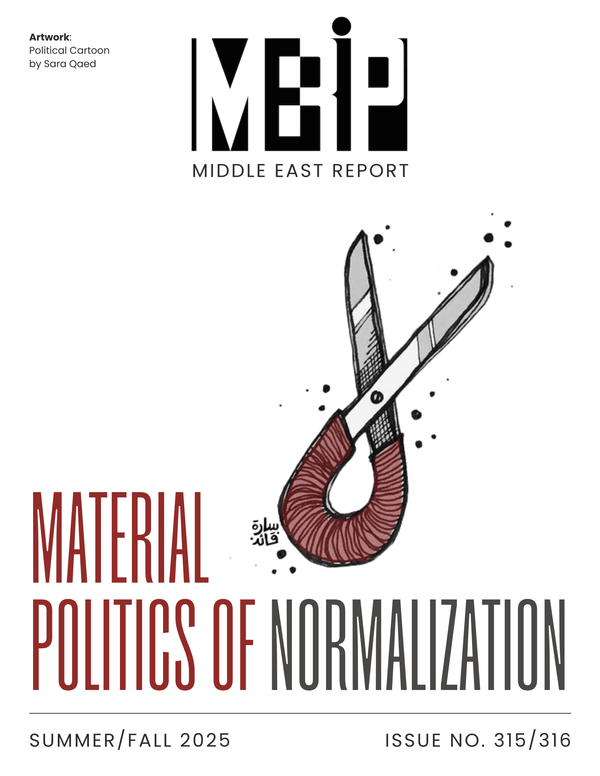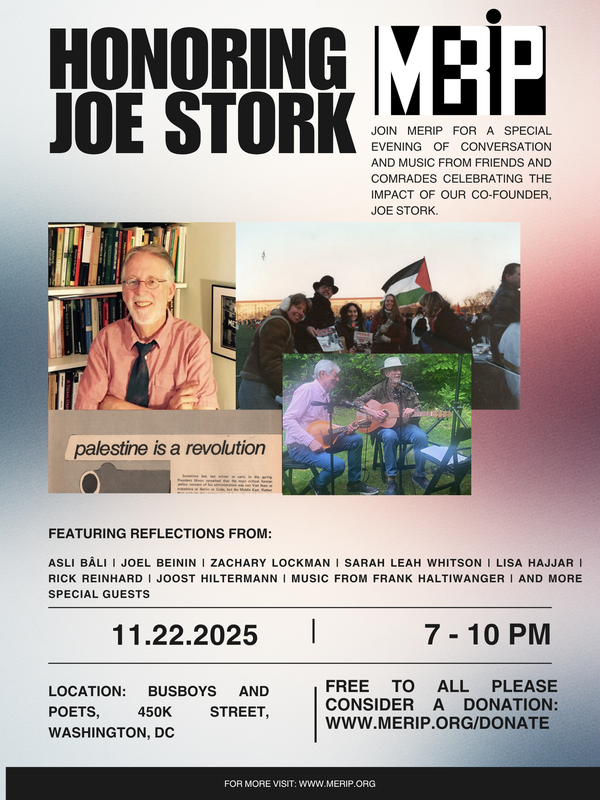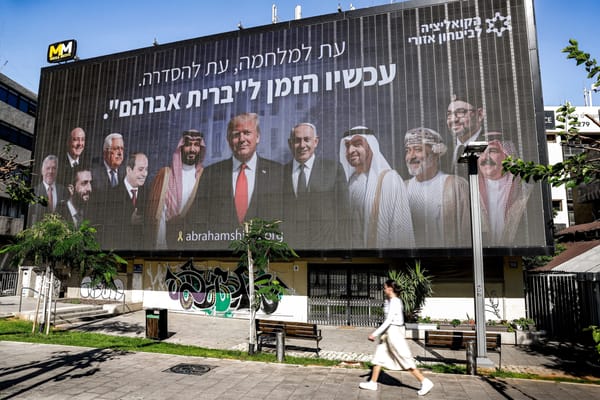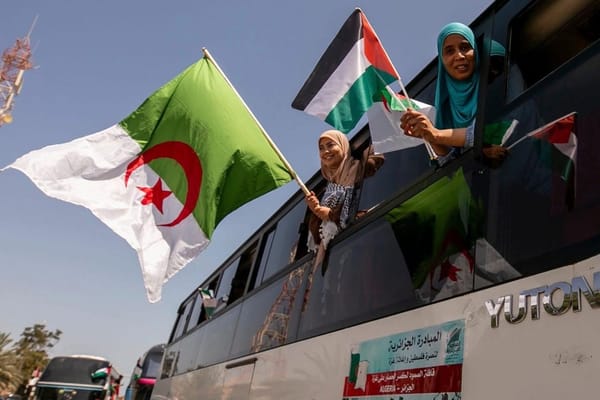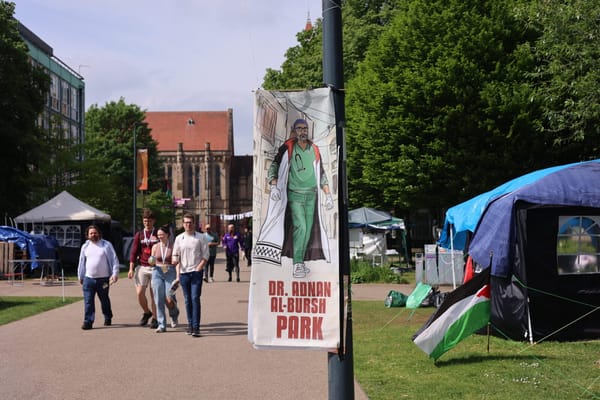Children's Territory
Given the same materials and the same opportunities, young chiliren all over the world paint in a similar way. They don’ necessarily paint the jame things. (Eskimo children will saint different animals from the chilIren in the Sudan.) What is similar is :he way young children make intuitive narks on
